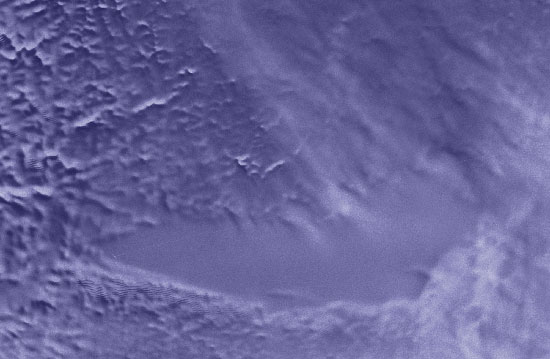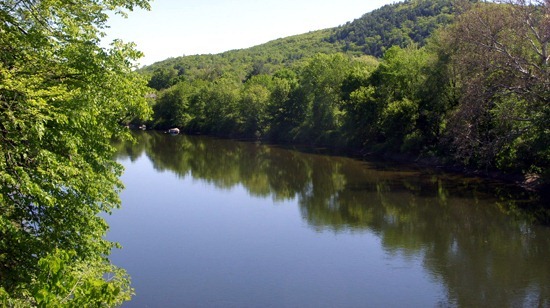Limnologists and marine researchers alike are well aware of how important dissolved oxygen is to the functioning of ecosystems and cultural services, as well as regulatory and supporting ecosystem services. Ecosystem provisioning and cultural services like drinking water, fisheries, recreation and other aspects of aquatic systems that humans rely on can all be negatively impacted by shifts in dissolved oxygen. The impacts on these services become all the more concerning as dissolved oxygen variability is on the rise.
Synthesizing research on approximately 400 lakes and finding the cause of dissolved oxygen shifts as well as the impacts was the focus of a 2023 article published in the Earth and Space Science Open Archive. In particular, the study’s author, Cayelan Carey, sought to examine the decoupling of surface and bottom oxygen dynamics. In some lakes observed, dissolved oxygen concentrations decreased while variability in bottom oxygen concentrations increased. This variability, more than just declines, can have direct impacts on lake ecosystems.

Lake Gunn (Credit: Jocelyn Kinghorn CC BY-SA 2.0)
Declining oxygen levels can impact habitat suitability for native species; in particular, fish and benthic macroinvertebrates can be forced out of ecosystems as the environment become inhospitable. The inverse change, increasing dissolved oxygen concentrations, can also negatively affect the system. In areas with high land use change and eutrophication, dissolved oxygen levels on the surface increased–though some lakes have also experienced deep-water dissolved oxygen shifts. In one of the lakes studied, these deep-water dissolved oxygen increases led to decreasing ice-cover durations, which can lengthen seasonal mixing periods and durations of stratification.
Methods
The research was divided into five parts:
- Review the evidence on changing oxygen concentrations in lakes and reservoirs as well as its causes
- Analyze monitoring data from approximately 400 lakes to explore how oxygen concentrations may be changing
- Summarize existing literature to predict future oxygen conditions and impacts
- Present recommendations for future research priorities
- Highlight future lake oxygen restoration and science opportunities for lake management
Depending on lake conditions and desired observations, there were varying amounts of data available. Synthesis data from 393 temperate lakes observed decreasing dissolved oxygen in both surface and bottom waters. The study also examined the environmental stressors that may be impacting the lake when determining the causes of dissolved oxygen variability.

Little Medicine Lake (Credit: Michael McCullough CC BY 2.0)
Results
Despite the varying availability of data, the research concluded that oxygen conditions are changing in lakes across the world—and they have been for some time now. Unfortunately, many lakes observed have yet to recover. Paleolimnological records from 365 lakes with current hypolimnetic hypoxia revealed that 71 of them (20%) have exhibited hypoxic conditions since AD 1720.2
Considering the surrounding environmental factors are important for future management practices as well as a means for shaping environmental policies and regulations. Understanding the impacts of environmental stressors is easier today than it has been in the past. With the help of real-time monitoring equipment like data buoys and increased remote sensing capabilities, managers and researchers can develop a more well-rounded monitoring program to protect lakes from drastic changes in oxygen variability early on.
Otherwise, the predicted continued fluctuations and worsening conditions will result in equally fluctuating ecosystem functions that can destroy existing biodiversity and the natural balance of systems.
Sources
- Cayelan Carey. Causes and consequences of changing oxygen availability in lakes. Authorea. February 06, 2023.
- Jenny J-P, Francus P, Normandeau A, Lapointe F, Perga M-E, Ojala A, Schimmelmann A, Zolitschka B. 2016a. Global spread of hypoxia in freshwater ecosystems during the last three centuries is caused by rising local human pressure. Glob Chang Biol. 22(4):1481- 1489.







